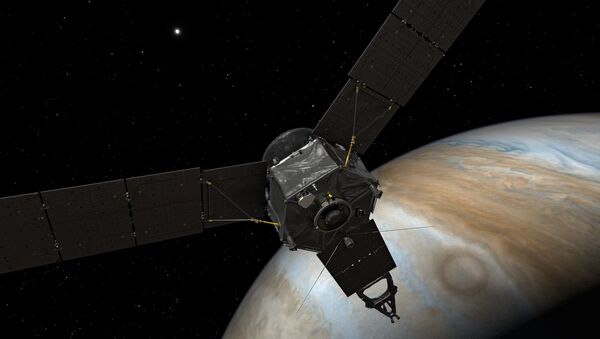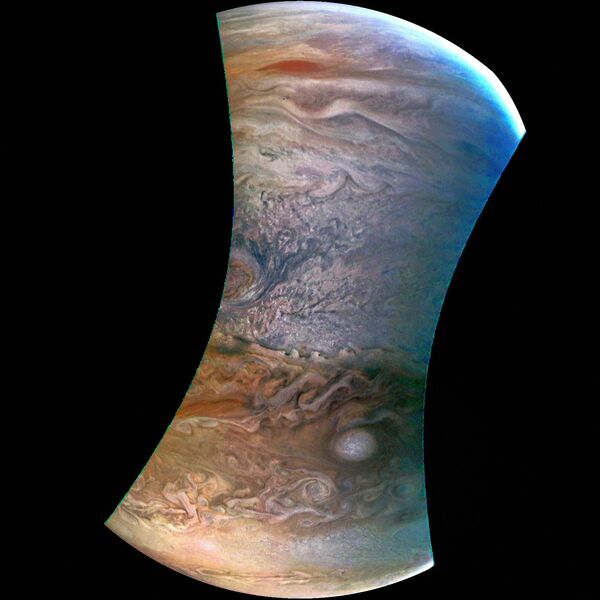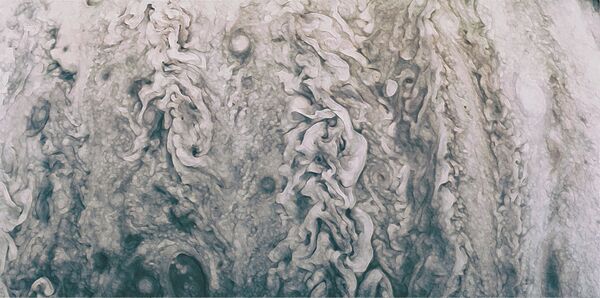Juno has completed its fifth flyby, and NASA says they learn more about Jupiter with each trip around.
"This will be our fourth science pass – the fifth close flyby of Jupiter of the mission – and we are excited to see what new discoveries Juno will reveal," said Scott Bolton, principal investigator of Juno from the Southwest Research Institute in San Antonio. "Every time we get near Jupiter's cloud tops, we learn new insights that help us understand this amazing giant planet."
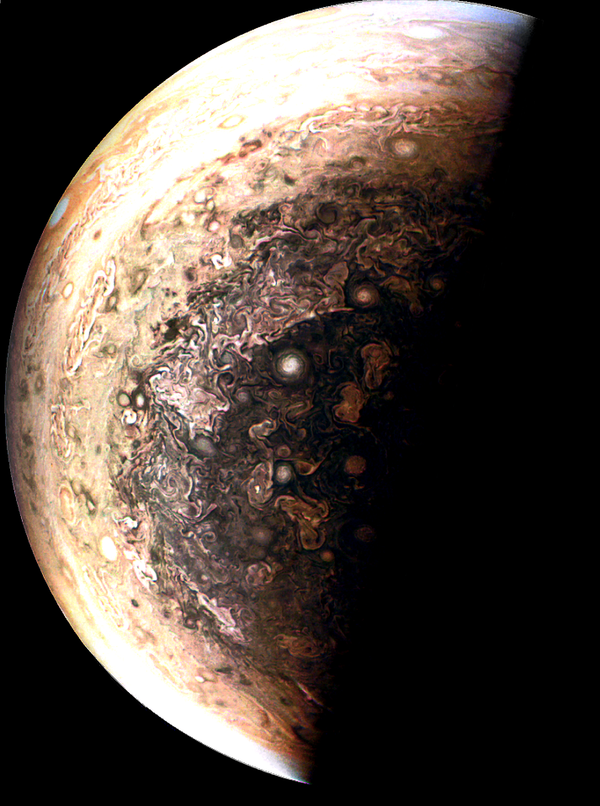
"Juno is providing spectacular results, and we are rewriting our ideas of how giant planets work."
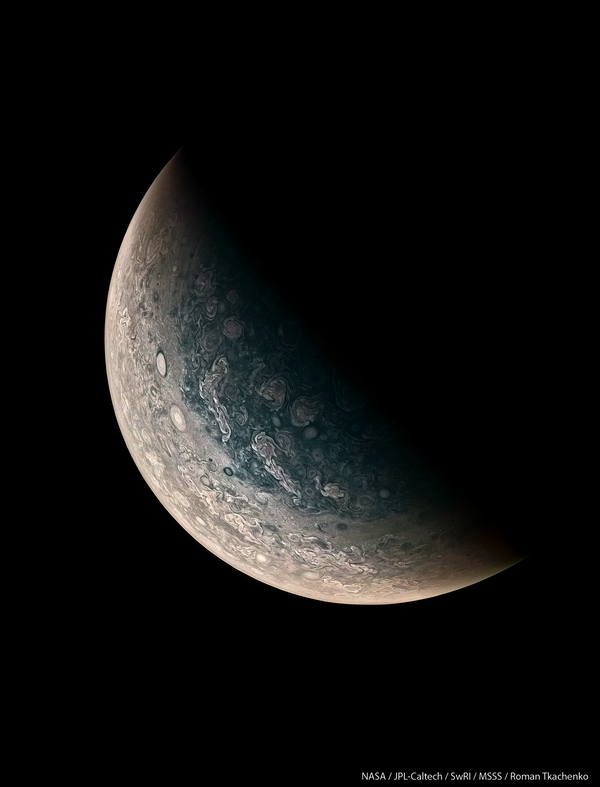
NASA's probe, a swimming pool-sized spacecraft which launched in August 2011 and traveled 415 million miles to arrive at Jupiter in July 2016, has been continuously beaming photos back to Earth.

Juno's missions are highly variable, but its main focuses are to learn more about Jupiter's atmosphere, core and gravitational and magnetic fields. Thus far, Juno has imaged Jupiter's poles for the first time and recorded bizarre phenomena such as cloud formations and auroras on the gas giant.
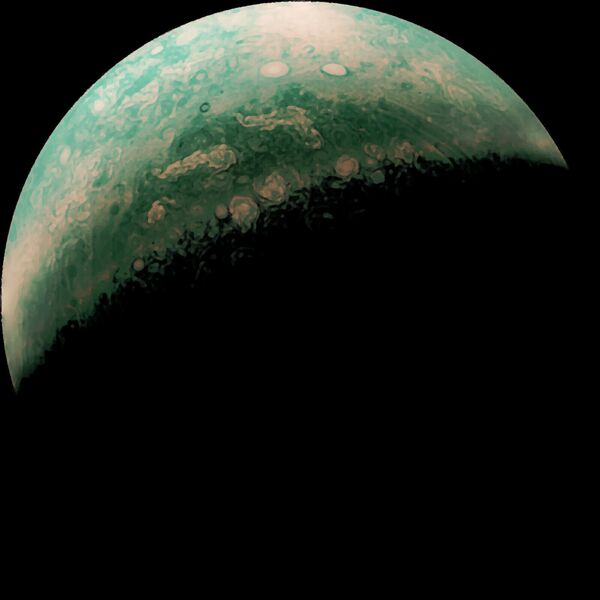
Juno is the first spacecraft to the outer planets to be powered solely by solar rays rather than nuclear power. It makes a flyby of Jupiter every two months or so.
"Juno is healthy, its science instruments are fully operational, and the data and images we've received are nothing short of amazing,"; said Thomas Zurbuchen, associate administrator for NASA's Science Mission Directorate.
Juno's orbit is highly elliptical, as close to 2,600 miles from the planet at its closest approach and as far as 5.03 million miles at its farthest. This is to avoid Jupiter's radiation belt, which could damage the numerous sensitive instruments inside of the probe.
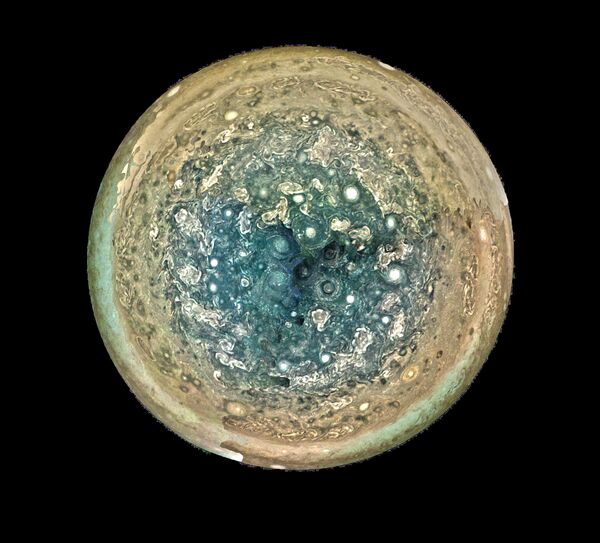
After the 37th orbit, which should happen in February 2018, Juno will be sent careening into Jupiter, where the planet's atmosphere will disintegrate it. This will be done to prevent the creation of space debris and minimize the risk of the contamination of Earth bacteria on one of Jupiter's moons.

